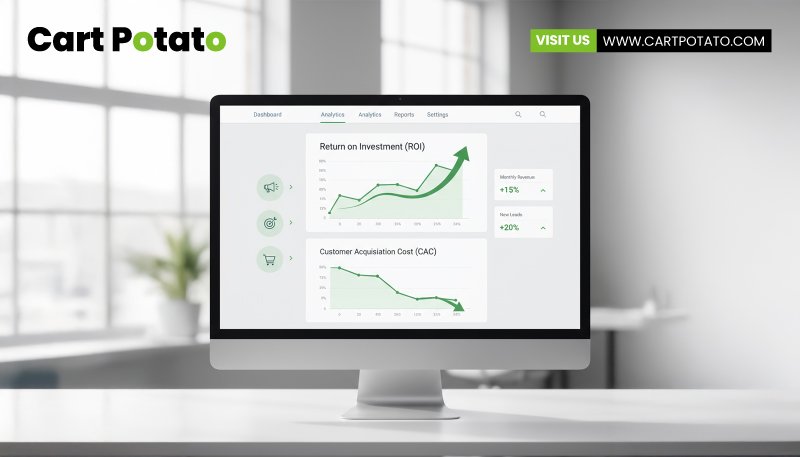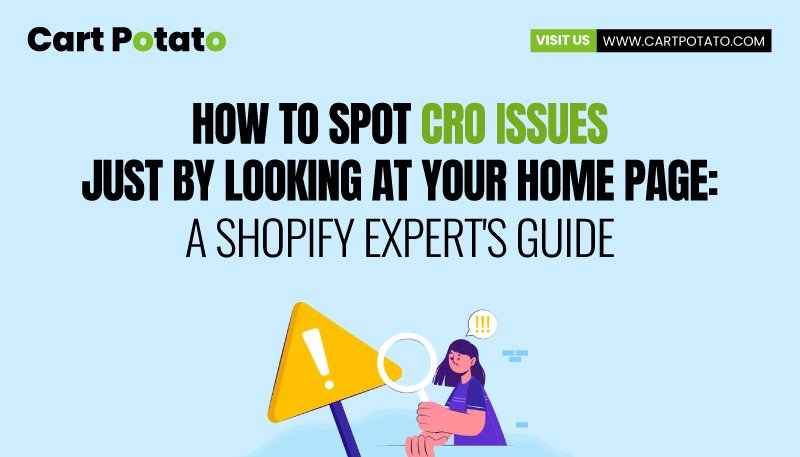
Checkout Pages: Definition and Best Practices To Boost Conversions
The checkout pages are pivotal part of the customer journey, where window shoppers turn into paying customers.
A seamless, user-friendly checkout process not only helps complete transactions but also builds loyalty.
Research shows that 90% of customers are likely to return to a brand if they’ve had a smooth checkout experience.
In this blog, we’ll explore what makes a checkout page effective and offer best practices to optimize it for higher conversions.
What is a Checkout Page?
A checkout page is where online shoppers finalize their purchases. It’s where they confirm items, select shipping, and input payment details.
More than just a final step in the shopping experience, a well-designed checkout page is essential for reducing cart abandonment rates, which hover around 70% on average.
Key elements of a good checkout page:
- Clear order summary: Display product details, quantities, and prices.
- Streamlined form fields: Only ask for information essential to complete the purchase.
- Multiple payment options: Cater to different preferences, including digital wallets and buy-now-pay-later options.
- Security assurances and trust signals: Display SSL certificates and customer reviews.
- Transparent shipping options and costs: Make shipping choices clear from the start.
- Prominent CTA buttons: Guide users with clear buttons for actions like “Proceed to Checkout” and “Place Order.”
One-Page Checkout vs. Multi-Page Checkout
The checkout page can either be a single-page or multi-page layout, and both have their pros and cons. Let’s break down the difference:
- One-Page Checkout: Speeds up the process by including everything on a single page—ideal for straightforward purchases. However, if poorly designed, it can overwhelm the customer with too many fields at once.
- Multi-Page Checkout: Breaks the process into multiple steps (like Shipping, Payment, and Review). This structure gives customers a clear sense of progress but may take slightly longer to complete.
Best Practices for Optimizing Your Checkout Page
1. Simplify the Process
Ensure a straightforward and easy-to-navigate checkout process. Avoid unnecessary steps and keep the fields limited to what’s needed. A streamlined process reduces friction and lowers the risk of cart abandonment.
2. Enhance Navigation with Clear CTAs
Use descriptive CTAs like “Proceed to Checkout” and “Place Order” to guide users. Breadcrumbs or a progress bar are great for multi page checkouts, showing customers where they are in the process.
3. Build Trust with Security Signals
Trustmarks like SSL certificates, money-back guarantees, and product reviews help reassure customers. Research from PYMNTS found that 92% of customers were highly satisfied when trustmarks were present on checkout pages.
4. Offer Multiple Payment Options
Customers have diverse payment preferences. Offering credit and debit cards, digital wallets (e.g., PayPal, Apple Pay), and buy-now-pay-later options accommodates different customers and improves checkout completion rates.
5. Allow for Guest Checkout
Allow users to check out as a guest without forcing account creation.
6. Display Total Costs and Shipping Early
Be transparent with item costs, taxes, and shipping fees. Providing a clear breakdown helps customers make an informed decision and prevents surprises that could lead to cart abandonment.
7. Test and Optimize Regularly
Use A/B testing to try different checkout layouts, features, and elements. Analyzing customer feedback and abandonment rates lets you pinpoint areas for improvement.
8. Prepare for High-Traffic Periods
Plan for seasonal sales and high-traffic events by streamlining the checkout, testing server capacity, and optimizing payment gateways. A well-prepared checkout system minimizes lag and keeps the experience smooth for customers.
9. Leverage Advanced Features
Shopify Plus users can use advanced customization options like Checkout Extensibility and the Checkout Branding API to enhance checkout processes. These tools allow for a more tailored checkout experience that aligns with specific business needs.
Common Checkout Mistakes to Avoid
- Asking for Unnecessary Information: Extra fields slow down the checkout process and increase abandonment risk.
- Hidden Costs: Unexpected fees are a top reason for cart abandonment. Be transparent about all charges upfront.
- Complicated Navigation: Avoid confusing layouts or unclear CTAs, as these can disrupt the customer’s flow and lead to drop-offs.
Conclusion
An optimized checkout page is crucial for increasing conversions and retaining customers. By simplifying the process, building trust, offering payment flexibility, and reducing barriers, you create a checkout experience that encourages customers to complete their purchase and return for more. Remember, the checkout page isn’t just about closing a sale—it’s a key component of your brand’s reputation and a driver of customer loyalty.
FAQs on Optimizing Checkout Pages
1. What is the best layout for a checkout page: one-page or multi-page?
Answer: Both layouts have pros and cons. One-page checkouts are faster and ideal for simple purchases, reducing the number of clicks needed to complete a transaction. However, they can feel cluttered if too much information is required. Multi-page checkouts break the process into steps (like shipping and payment) and may suit customers better for complex purchases. Testing which layout works best for your customers is recommended.
2. How can I reduce cart abandonment on the checkout page?
Answer: To reduce cart abandonment, simplify the checkout process by minimizing form fields, offering guest checkout, displaying all costs (including taxes and shipping) upfront, and providing multiple payment options. Using trustmarks and security symbols also reassures customers, while a clear progress bar in multi-page checkouts can help customers see how close they are to completing their order.
3. What payment options should I offer on my checkout page?
Answer: Offer a variety of payment methods to accommodate different customer preferences. Include major credit/debit cards, digital wallets like PayPal, Apple Pay, or Google Pay, and buy-now-pay-later options like Afterpay or Klarna. Having multiple payment options increases the likelihood of customers finding a convenient way to pay.
4. Is guest checkout important for my website?
Answer: Yes, offering guest checkout is crucial for a smoother user experience, especially for first-time or one-time buyers. Forcing users to create an account can increase friction, leading to cart abandonment. Offering guest checkout can help streamline the process and boost conversion rates.
5. How can I ensure customers trust my checkout page?
Answer: Display security badges (like SSL certificates), trustmarks, and customer reviews to reassure customers that their information is secure. Highlighting your return policy and customer service contact information can also provide additional peace of mind. These elements establish credibility and encourage users to complete their purchases confidently.
6. Should I use autofill options in my checkout forms?
Answer: Yes, enabling autofill can improve the user experience by saving customers time and reducing errors. Autofill for address fields and payment details can make the checkout process quicker, which can lead to higher conversion rates.
7. How do I calculate the total cost upfront to avoid “sticker shock”?
Answer: To avoid “sticker shock,” be transparent about costs by showing item totals, tax, and estimated shipping fees as soon as items are added to the cart or at the beginning of checkout. Having a cost breakdown on the checkout page ensures customers aren’t surprised at the final step, reducing the chance of abandonment.
8. How often should I test my checkout page?
Answer: Regular testing is key to maintaining an optimized checkout experience. Ideally, conduct A/B testing every quarter or before major sales seasons to identify any elements that need improvement. Analyze abandonment rates and user feedback to help guide adjustments.
9. What are trust signals, and how do they help on a checkout page?
Answer: Trust signals are elements that reassure customers about the security and reliability of the checkout process. These include SSL certificates, security badges, money-back guarantees, and verified reviews. Trust signals help build credibility and can ease concerns about data privacy, encouraging users to complete their purchase.
10. Can I customize my checkout page on Shopify Plus?
Answer: Yes, Shopify Plus offers advanced customization options like Checkout Extensibility and the Checkout Branding API, which allow businesses to tailor the checkout process to their needs. These tools are especially useful for creating a branded, unique checkout experience that aligns with your business objectives.








